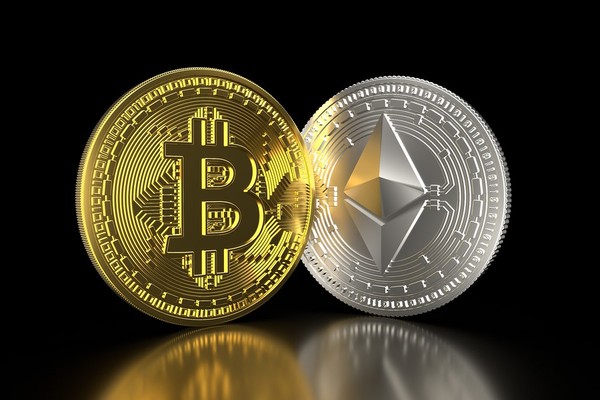U.S. banks brace for decline in interest rate profits
The post U.S. banks brace for decline in interest rate profits appeared on BitcoinEthereumNews.com. The writing is on the wall for U.S. banks, suggesting a potential dent in the booming profits they’ve enjoyed from the Federal Reserve’s high-interest rate environment. With customer pressure mounting and the looming need to offer higher depositor rates, the finance world is on edge. While these banks have bathed in the luxury of charging heftier loan rates, their day of reckoning is nearing. The Golden Days of Banking? Major consumer banks, like JPMorgan Chase and Wells Fargo, have reveled in the ability to rake in higher loan charges, thanks to the Fed’s decision to elevate benchmark interest rates to levels not seen in over two decades. And while these institutions have feasted on these benefits, they’ve been stingy, hesitating to pass on similar high savings rates to their everyday retail customers. Recent financial reports showcase a bright picture for these financial titans. Their third-quarter earnings unveiled impressive year-on-year profits in lending – numbers that beat even the most optimistic market predictions. Particularly, JPMorgan, the U.S. banking juggernaut, together with Wells Fargo, even ramped up their revenue predictions for the upcoming year. Analyst Chris Kotowski, a known banking expert at Oppenheimer, seems baffled. He observes that everyone anticipated a significant cost squeeze on consumer deposits due to these rate fluctuations. Yet, that crisis moment remains elusive. Are Bigger Banks Safer? Bigger doesn’t always mean better. Or does it? When it comes to banking, perhaps it does. The larger banks have historically enjoyed a status of reliability. Their massive size and critical role in the U.S. economy, as labeled by regulators, positions them on a different playing field. Their vaults swelled with billions during the pandemic, reducing the urgency to hang onto clients who sought better yields elsewhere. But the smaller players haven’t been as fortunate. Regional banks across the U.S.…

The post U.S. banks brace for decline in interest rate profits appeared on BitcoinEthereumNews.com.
The writing is on the wall for U.S. banks, suggesting a potential dent in the booming profits they’ve enjoyed from the Federal Reserve’s high-interest rate environment. With customer pressure mounting and the looming need to offer higher depositor rates, the finance world is on edge. While these banks have bathed in the luxury of charging heftier loan rates, their day of reckoning is nearing. The Golden Days of Banking? Major consumer banks, like JPMorgan Chase and Wells Fargo, have reveled in the ability to rake in higher loan charges, thanks to the Fed’s decision to elevate benchmark interest rates to levels not seen in over two decades. And while these institutions have feasted on these benefits, they’ve been stingy, hesitating to pass on similar high savings rates to their everyday retail customers. Recent financial reports showcase a bright picture for these financial titans. Their third-quarter earnings unveiled impressive year-on-year profits in lending – numbers that beat even the most optimistic market predictions. Particularly, JPMorgan, the U.S. banking juggernaut, together with Wells Fargo, even ramped up their revenue predictions for the upcoming year. Analyst Chris Kotowski, a known banking expert at Oppenheimer, seems baffled. He observes that everyone anticipated a significant cost squeeze on consumer deposits due to these rate fluctuations. Yet, that crisis moment remains elusive. Are Bigger Banks Safer? Bigger doesn’t always mean better. Or does it? When it comes to banking, perhaps it does. The larger banks have historically enjoyed a status of reliability. Their massive size and critical role in the U.S. economy, as labeled by regulators, positions them on a different playing field. Their vaults swelled with billions during the pandemic, reducing the urgency to hang onto clients who sought better yields elsewhere. But the smaller players haven’t been as fortunate. Regional banks across the U.S.…
What's Your Reaction?








































